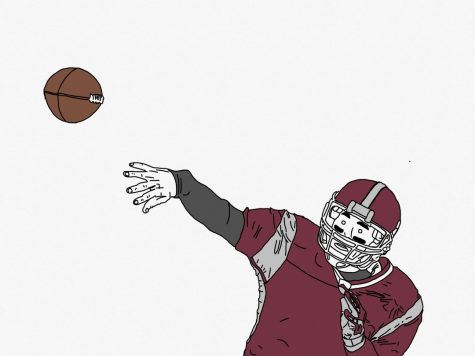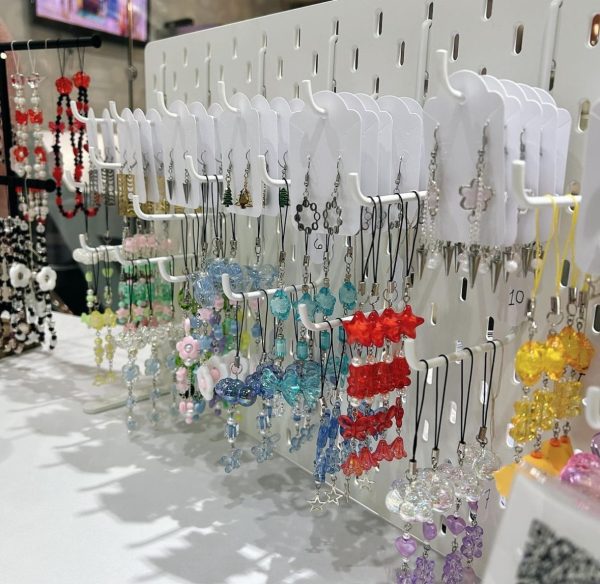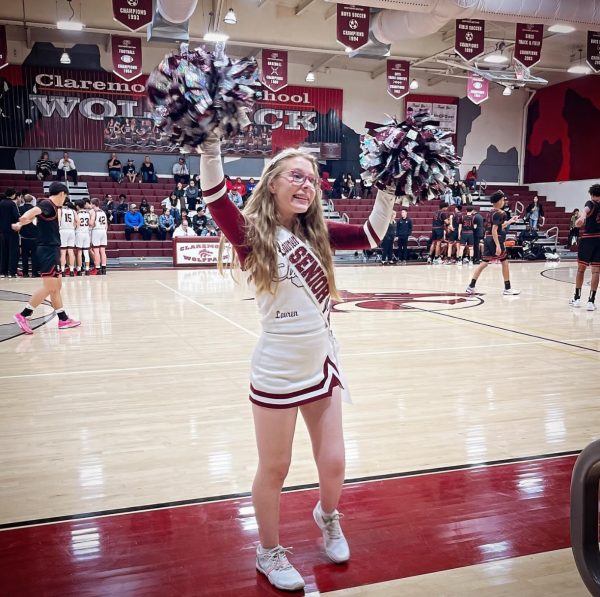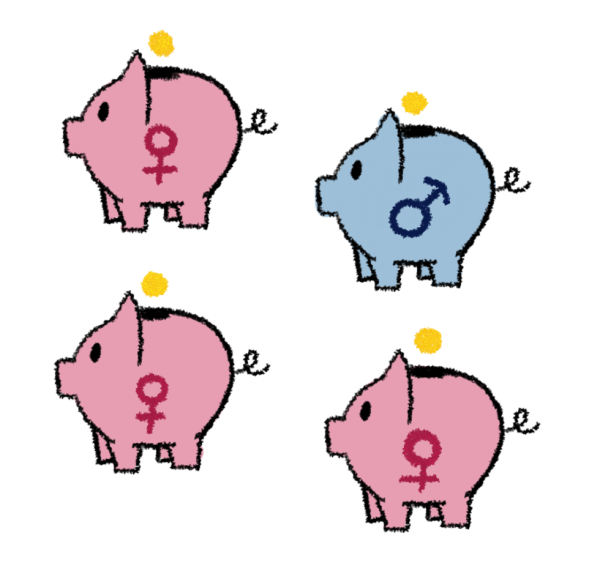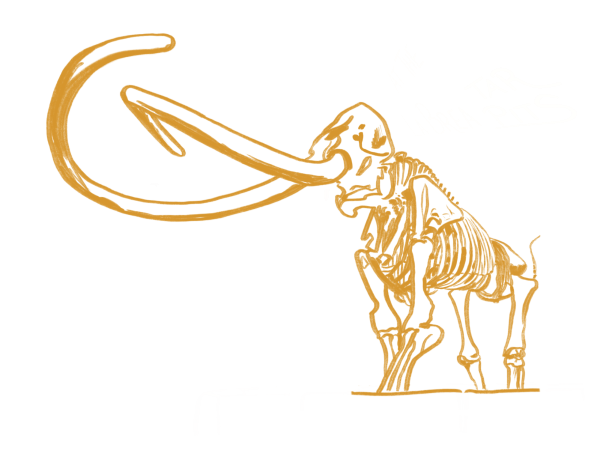Body shape stereotypes and rules in sports must end
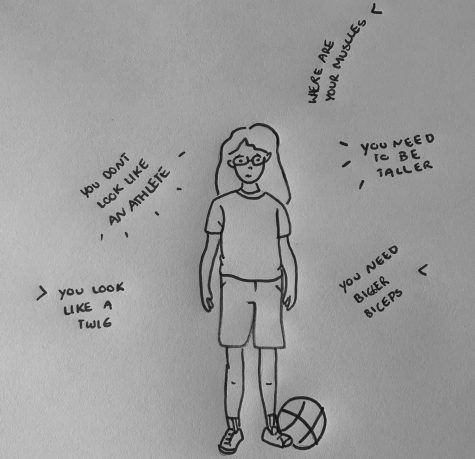
Trigger warning: This article contains mentions of eating disorders, body-image negativity, and food restriction.
The widespread issues of negative body image and disordered eating can stem from a variety of different sources, ranging from a traumatic experience to simply playing a sport. Negative body image refers to someone who feels dissatisfaction towards their body. This discontent can lead to someone developing a disturbed eating pattern such as restriction or dieting. Oftentimes, playing a sport comes with societal pressures to have a certain body type. These societal pressures can cause athletes to develop a negative self-image if they do not fit the “proper” body type for their sport. Along with pressures to be a certain weight, there can also be pressures to be a certain height. The sporting world must work to eradicate this mentally and physically damaging stigma around body shape.
A widespread misconception in sports is that athletes have to look a certain way to excel in their sport, and while that may be true in some cases, those who do not fit a “mould” should not knock themselves down or alter their appearance to fit it. Success in athletics calls for more than just physical traits; commitment, dedication, resilience, and hard work make someone a better athlete than just fitting the ideal body standard for that specific sport.
Being an athlete comes with countless benefits; athletes tend to have better teamwork, decision making, and discipline than non-athletes. However, being an athlete also comes with the risk of developing an eating disorder or body image issues. Many sports are accompanied by particular stereotypes on how athletes who play that sport should look. Athletes may feel like they are expected to display a body shape or size characteristic of their sport. Frequently, a football player is pictured as brawny and muscular, while a cross-country runner may be pictured as thin. Another instance of this is in cheerleading. Cheerleaders’ midriff-showing outfits and their positions based on size may play a role in body image issues and eating disorders developed by cheerleaders. According to the US National Library of Medicine National Institutes of Health, the likelihood of a cheerleader being at risk for an eating disorder is a staggering 33.1%. Growing up, it is common for many teens to have a desire to be on the cheer team; yet, some may feel that they do not fit the ideal “look” for cheerleading and therefore either do not try out — despite being talented at the sport — or use dangerous weight loss strategies that could end in multiple mental and physical issues. This body stereotype deterrent is also present in other sports: shorter-than-“ideal” basketball players, thinner-than-“ideal” football players, and larger-than-“ideal” track athletes all experience the same phenomenon.
In addition to physical stereotypes in the sporting world, rules related to physical attributes in athletics are another cause of body image issues. The National Eating Disorders Association approximates that 33% of male athletes in weight-class sports such as wrestling and rowing are affected by eating disorders. In wrestling, athletes are separated into different classes based on their weights. Oftentimes, wrestlers are weighed 30-90 minutes before a dual meet in order to confirm that they did not gain weight before competitions. They can be weighed as many times as they ask in that time period, which can cause obvious harms such as athletes excessively exercising, compensating for food, or starving themselves. The whole point is to be in the higher part of the weight category so that the wrestler competes with slightly smaller athletes. However, even one pound gained can put the wrestler in a new weight class, placing them in the lower part of the higher weight category. Another strategy in wrestling is to be at a significantly smaller weight than what you are supposed to be at according to your height which adheres to the belief that being the tallest in your group will give you an advantage. This causes an excessive focus on weight which can result in a wrestler developing an eating disorder such as anorexia or bulimia. It is saddening that so much focus on this sport is put on weight and food consumption.
As eating disorders, body image issues, and disordered eating sometimes stem from experiences which are not widely considered to be triggers for these issues, it is important for everyone to be aware of these mental and physical disorders and also educated on their potential physical and emotional side effects. In order to destigmatize eating disorders, body image issues, disordered eating, and mental illnesses in general, I decided to start a club this year called Beauty Undefined. This club strives to raise awareness, provide education and coping skills, and act as a safe place for those who may have struggled with these issues or know someone who has struggled with disordered eating. Our club believes that one can be healthy at any size and that all bodies are beautiful.
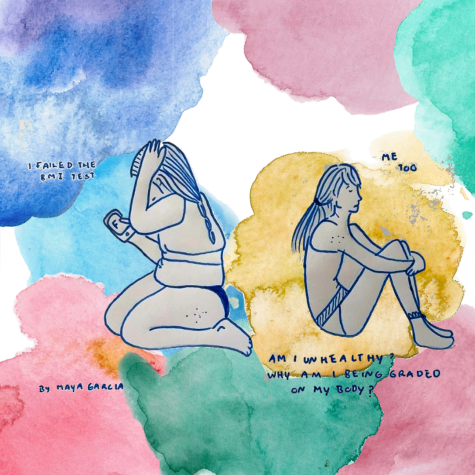
However, starting a club this year is only the first step in combating body image issues and disordered eating in sports. From the emphasis of BMI and the pass/fail system for weight in P.E. to the unrealistic stereotypes and weight classes in sports, society needs to work on ways to help teenagers feel more comfortable in their own bodies. The rate of deaths caused by being underweight is far higher than those caused by obesity, yet society rallies to stop one and largely ignores the other. So, let us work together to ensure that everyone — of every body type, size, and shape — is able to succeed in sports without feeling the pressure to change the way they look, and let us ensure that athletes in weight-class sports abstain from dangerous weight-loss strategies and recognize that being a good athlete comes from more than just someone’s weight.
Hello there! Our goal is to provide relavent, engaging journalism for readers of all ages. Your donation will support the student journalists of the Wolfpacket at Claremont High School, and will allow us to purchase equipment, print our monthly issues, and enter in journalism competitions. We appreciate your consideration!





